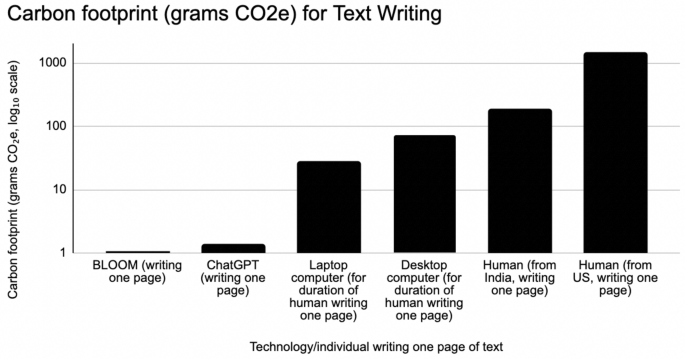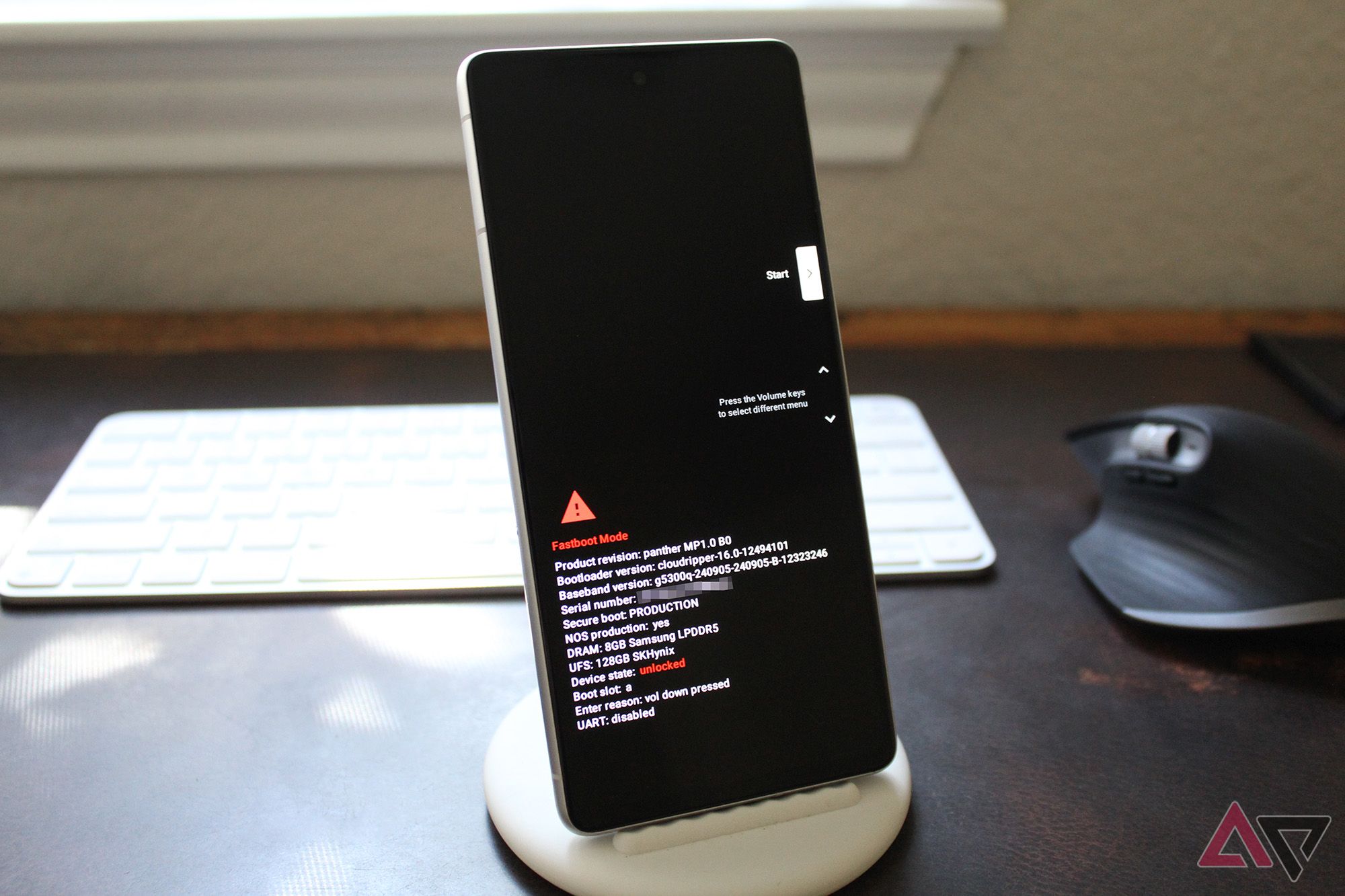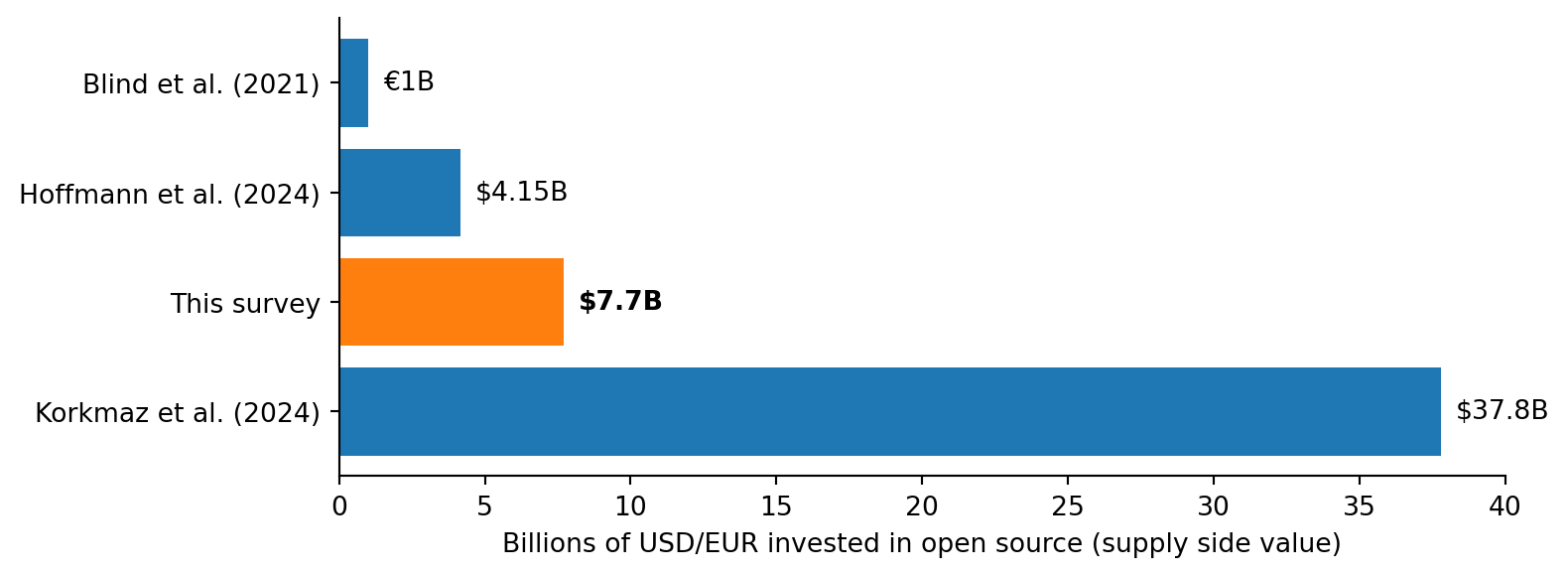Plaintiffs have brought claims of privacy invasion under California law. Plaintiffs “present evidence that their data has economic value,” and “a reasonable juror could find that Plaintiffs suffered damage or loss because Google profited from the misappropriation of their data,” Seeborg wrote.
[…]
In a proposed settlement of a different lawsuit, Google last year agreed to delete records reflecting users’ private browsing activities in Chrome’s Incognito mode.
[…]
Google contends that its system is harmless to users. “Google argues that its sole purpose for collecting (s)WAA-off data is to provide these analytic services to app developers. This data, per Google, consists only of non-personally identifiable information and is unrelated (or, at least, not directly related) to any profit-making objectives,” Seeborg wrote.
On the other side, plaintiffs say that Google’s tracking contradicts its “representations to users because it gathers exactly the data Google denies saving and collecting about (s)WAA-off users,” Seeborg wrote. “Moreover, Plaintiffs insist that Google’s practices allow it to personalize ads by linking user ad interactions to any later related behavior—information advertisers are likely to find valuable—leading to Google’s lucrative advertising enterprise built, in part, on (s)WAA-off data unlawfully retrieved.”
[…]
Google, as the judge writes, purports to treat user data as pseudonymous by creating a randomly generated identifier that “permits Google to recognize the particular device and its later ad-related behavior… Google insists that it has created technical barriers to ensure, for (s)WAA-off users, that pseudonymous data is delinked to a user’s identity by first performing a ‘consent check’ to determine a user’s (s)WAA settings.”
Whether this counts as personal information under the law is a question for a jury, the judge wrote. Seeborg pointed to California law that defines personal information to include data that “is reasonably capable of being associated with, or could reasonably be linked, directly or indirectly, with a particular consumer or household.” Given the legal definition, “a reasonable juror could view the (s)WAA-off data Google collected via GA4F, including a user’s unique device identifiers, as comprising a user’s personal information,” he wrote.
[…]


















